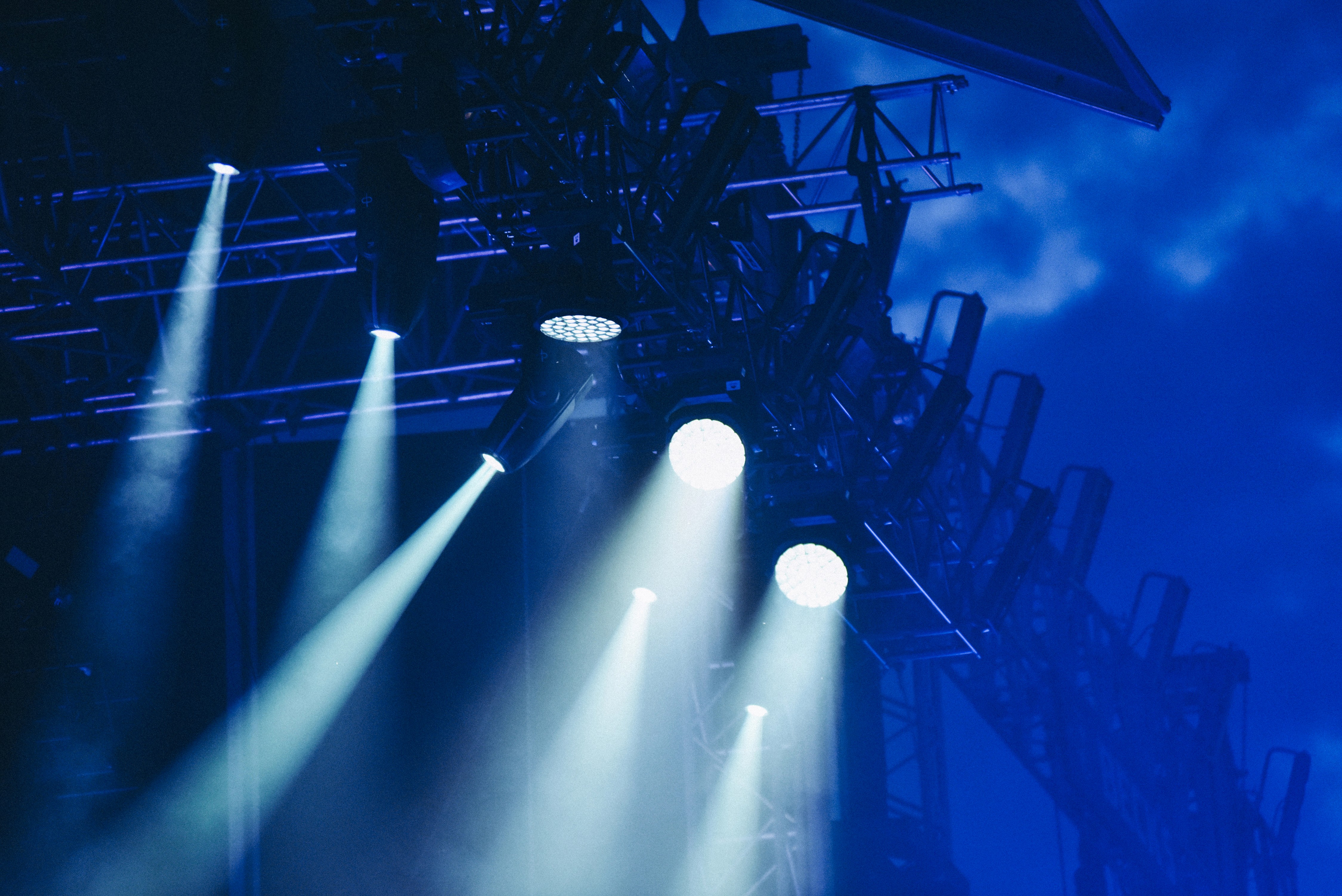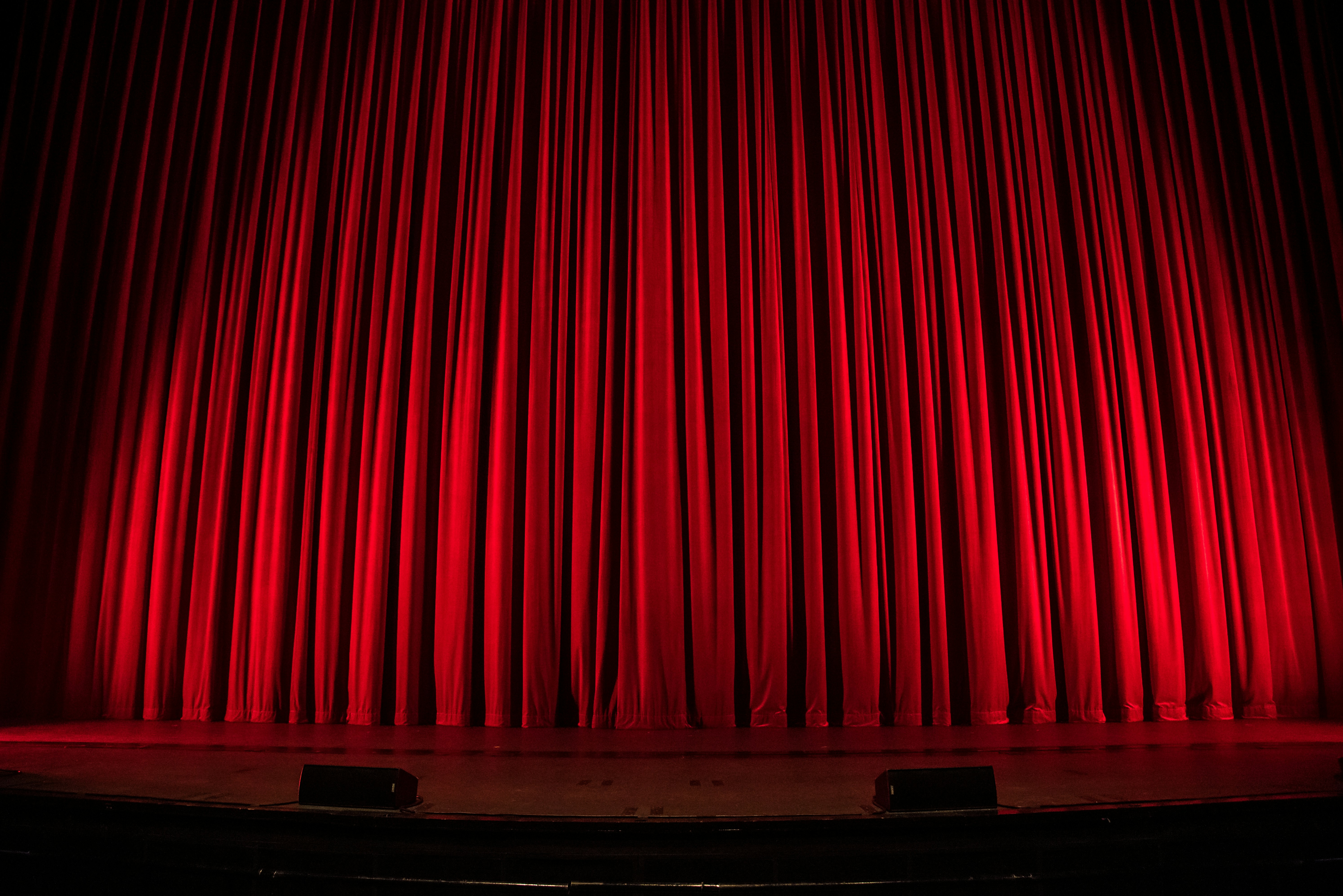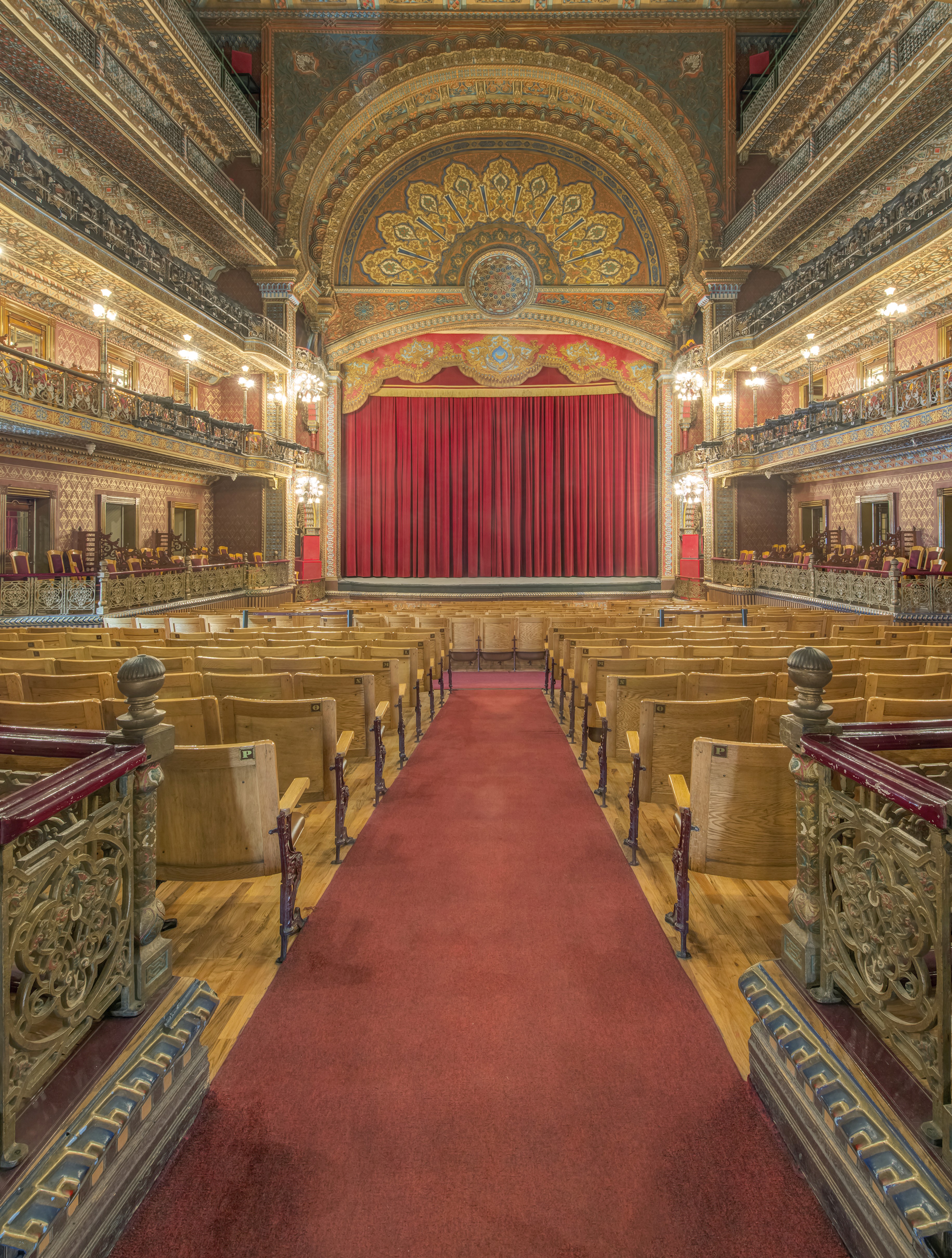Par Can
Definition:
A "Par Can" is a type of lighting instrument that produces a strong, directed beam of light. It is commonly used in theatre, concerts, and live events to create intense, focused lighting effects.
Detailed Explanation:
Par Can, short for Parabolic Aluminized Reflector Can, is a versatile and widely used stage lighting fixture. It consists of a lamp housed within a cylindrical metal casing, with a parabolic reflector that helps focus the light beam. The beam produced by a Par Can is intense and highly directional, making it ideal for spotlighting and creating dramatic lighting effects.
Par Cans come in various sizes, typically designated by the diameter of the lamp in eighths of an inch (e.g., PAR 16, PAR 36, PAR 64). The size and type of lamp used can affect the quality and spread of the light beam. These fixtures can be equipped with different lenses to modify the beam angle, ranging from very narrow spotlights to wide floods.
Key Elements of Par Cans:
Lamp:
The light source within the Par Can, which can vary in size, wattage, and type, affecting the intensity and quality of the light.
Reflector:
A parabolic reflector that directs the light into a focused beam, providing the intense, directional quality characteristic of Par Cans.
Casing:
The cylindrical metal housing that encases the lamp and reflector, protecting the internal components and directing the light beam.
Lens:
Optional lenses can be used to modify the beam angle, allowing for different lighting effects from narrow spots to wide floods.
Advantages of Par Cans:
Intensity:
Par Cans produce a strong, focused beam of light, making them ideal for spotlighting and creating dramatic effects.
Versatility:
They can be used in various settings, including theatre, concerts, and events, for both general illumination and special effects.
Durability:
The robust metal casing provides durability and protection, making Par Cans suitable for both indoor and outdoor use.
Challenges of Using Par Cans:
Heat Generation:
Par Cans can generate significant heat, requiring careful handling and appropriate ventilation to avoid overheating.
Power Consumption:
They can consume a lot of power, which may be a consideration for both cost and energy efficiency.
Beam Control:
While Par Cans provide a strong beam, controlling the exact spread and focus can be challenging without additional lenses or accessories.
Uses in Performance:
Theatre Productions:
Par Cans are used to highlight specific areas of the stage, create dramatic effects, and provide general stage illumination.
Concerts:
In concert settings, Par Cans are often used to create intense, dynamic lighting effects that enhance the visual impact of the performance.
Events:
For live events and presentations, Par Cans can be used to spotlight speakers, highlight key areas, and create mood lighting.
Design Considerations:
When using Par Cans in a production, several factors must be considered to ensure they are effective and safe:
Placement:
Position Par Cans to maximize their impact, ensuring they highlight the desired areas without causing glare or unwanted shadows.
Beam Angle:
Select the appropriate lenses to achieve the desired beam angle, whether narrow for spotlighting or wide for general illumination.
Ventilation:
Ensure proper ventilation to dissipate heat generated by the lamps, preventing overheating and potential damage.
Conclusion:
Par Cans are a powerful and versatile lighting instrument, producing a strong, directed beam of light that is ideal for theatre, concerts, and live events. By providing intense and focused illumination, Par Cans enhance the visual impact and dramatic effects of a performance. Despite challenges related to heat generation, power consumption, and beam control, the benefits of intensity, versatility, and durability make Par Cans a valuable tool in stage and event lighting. With careful placement, appropriate beam angle selection, and proper ventilation, Par Cans can significantly elevate the quality and effectiveness of any lighting design.


